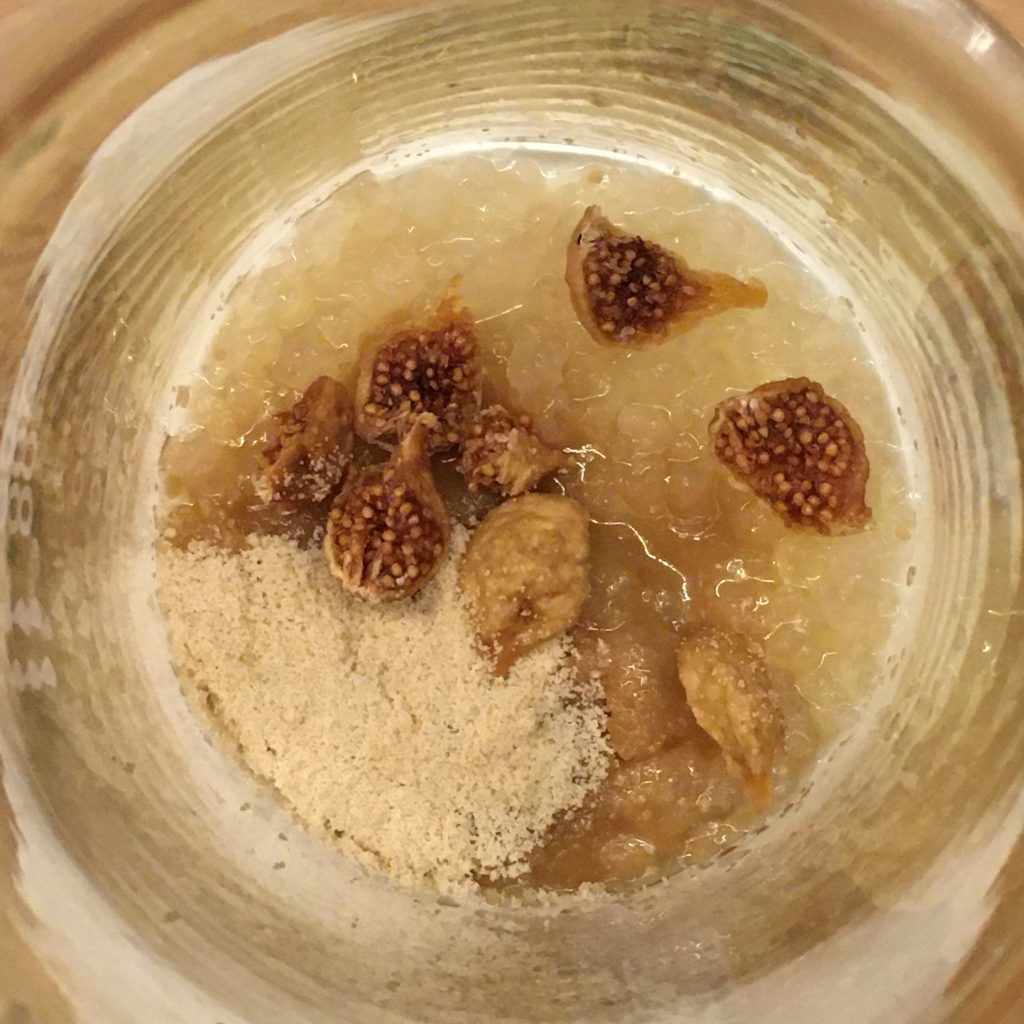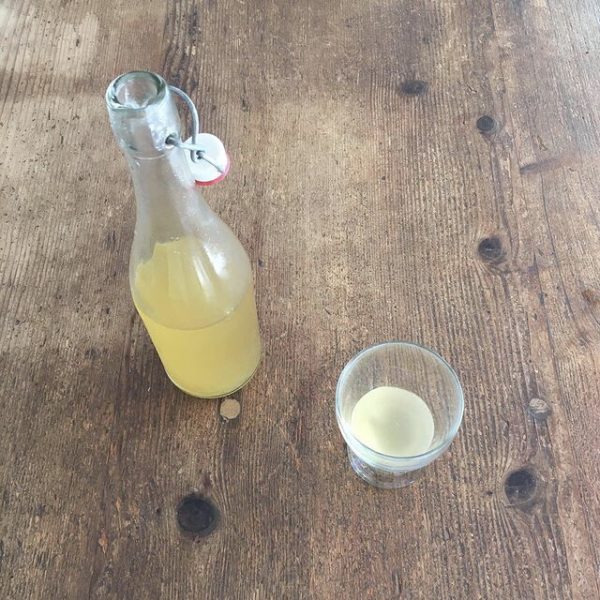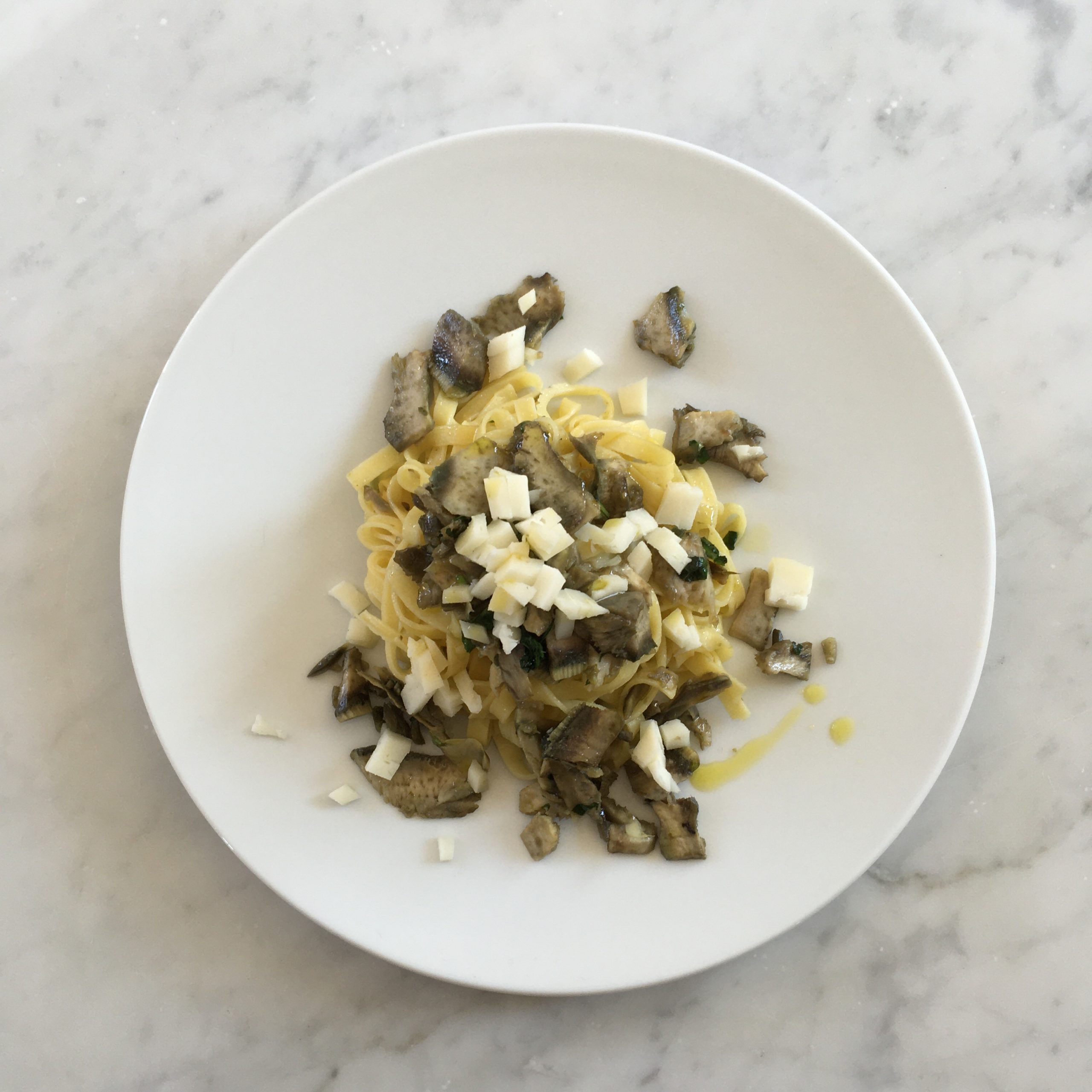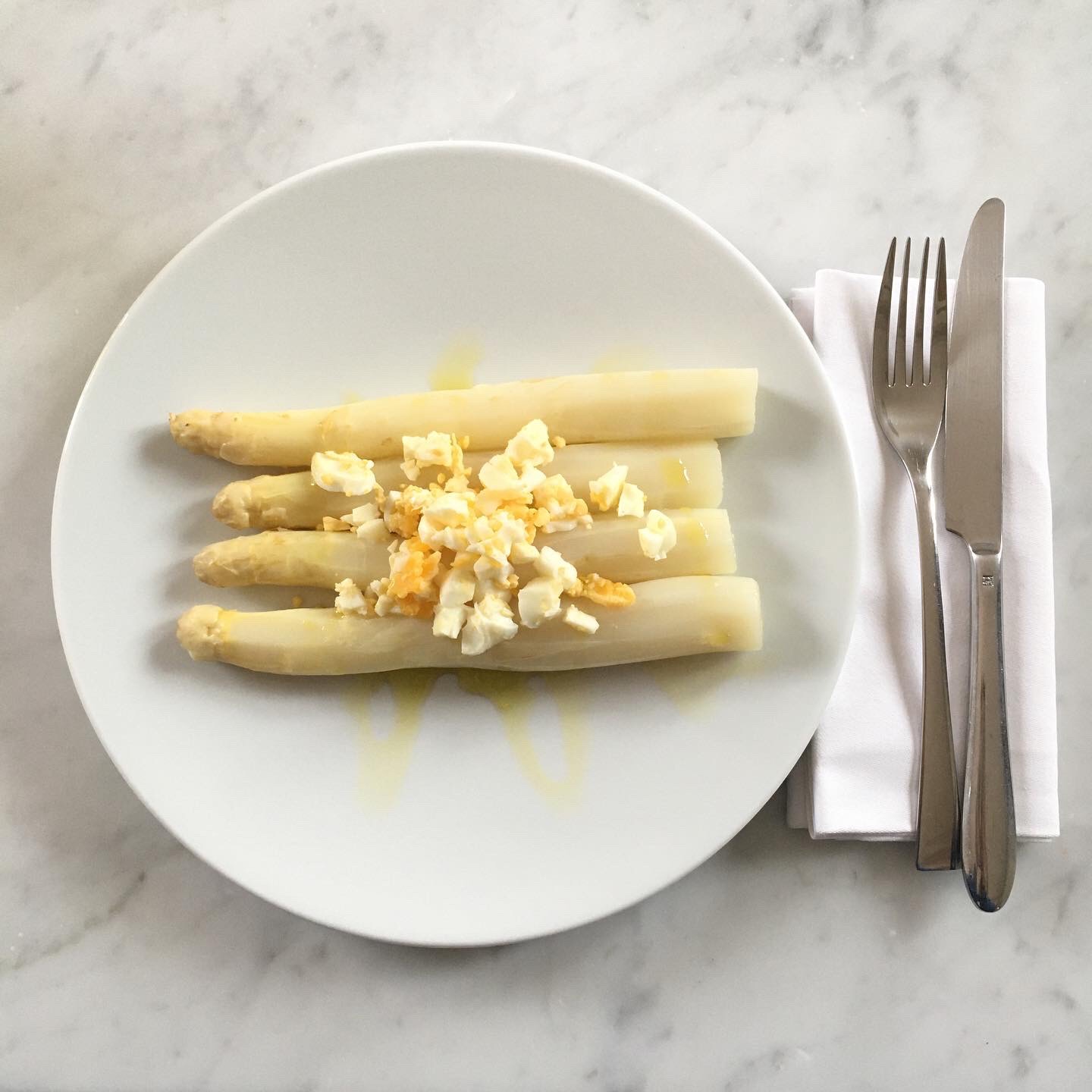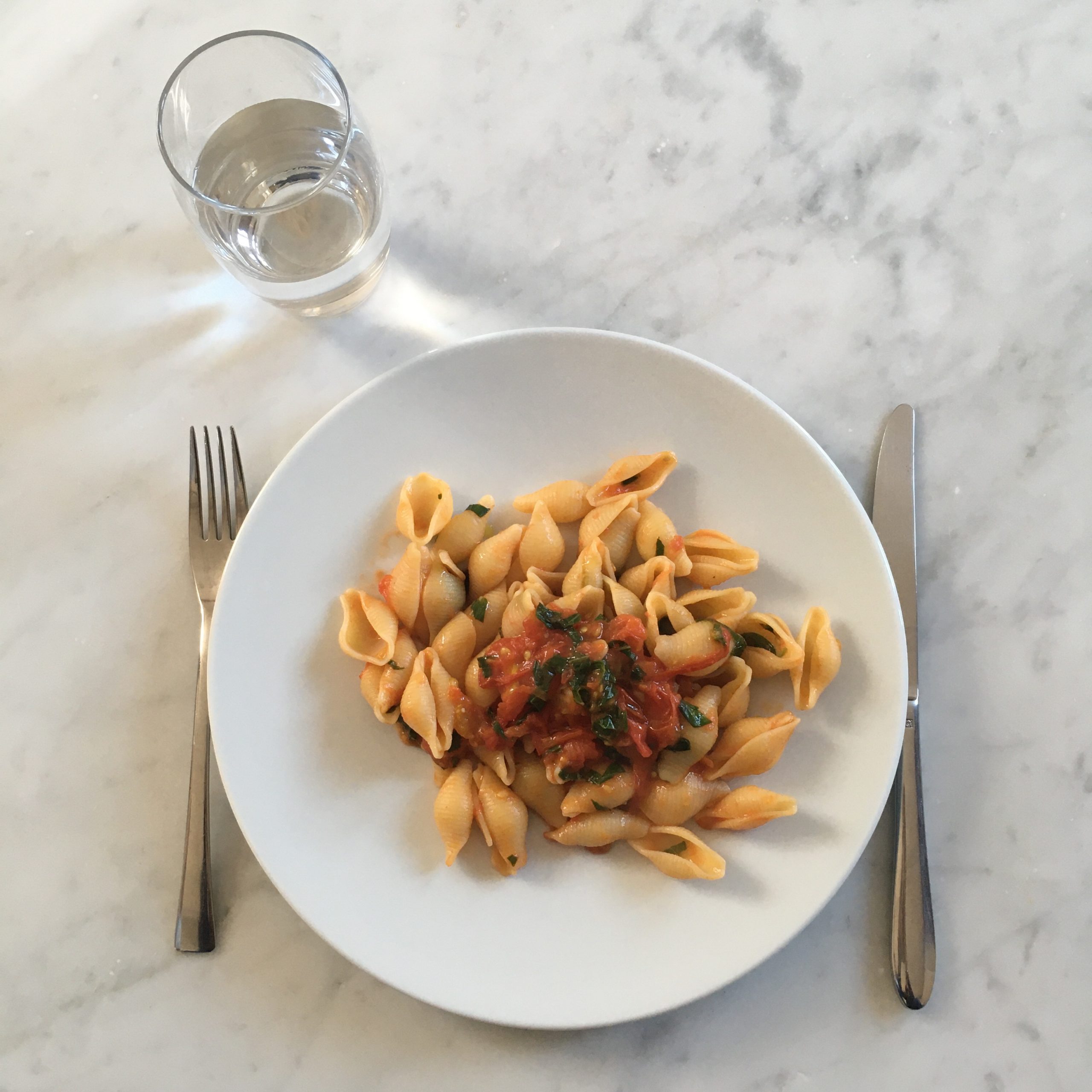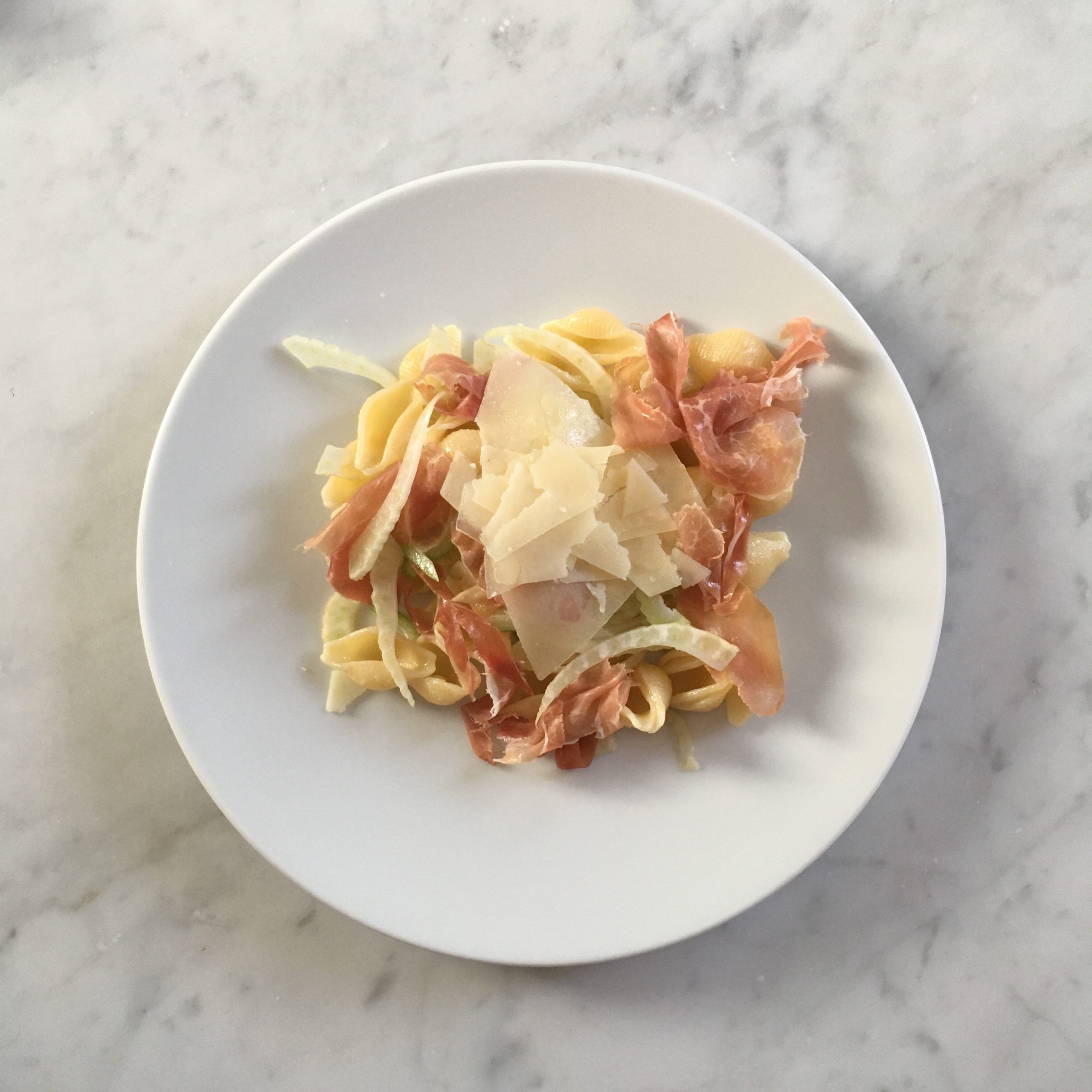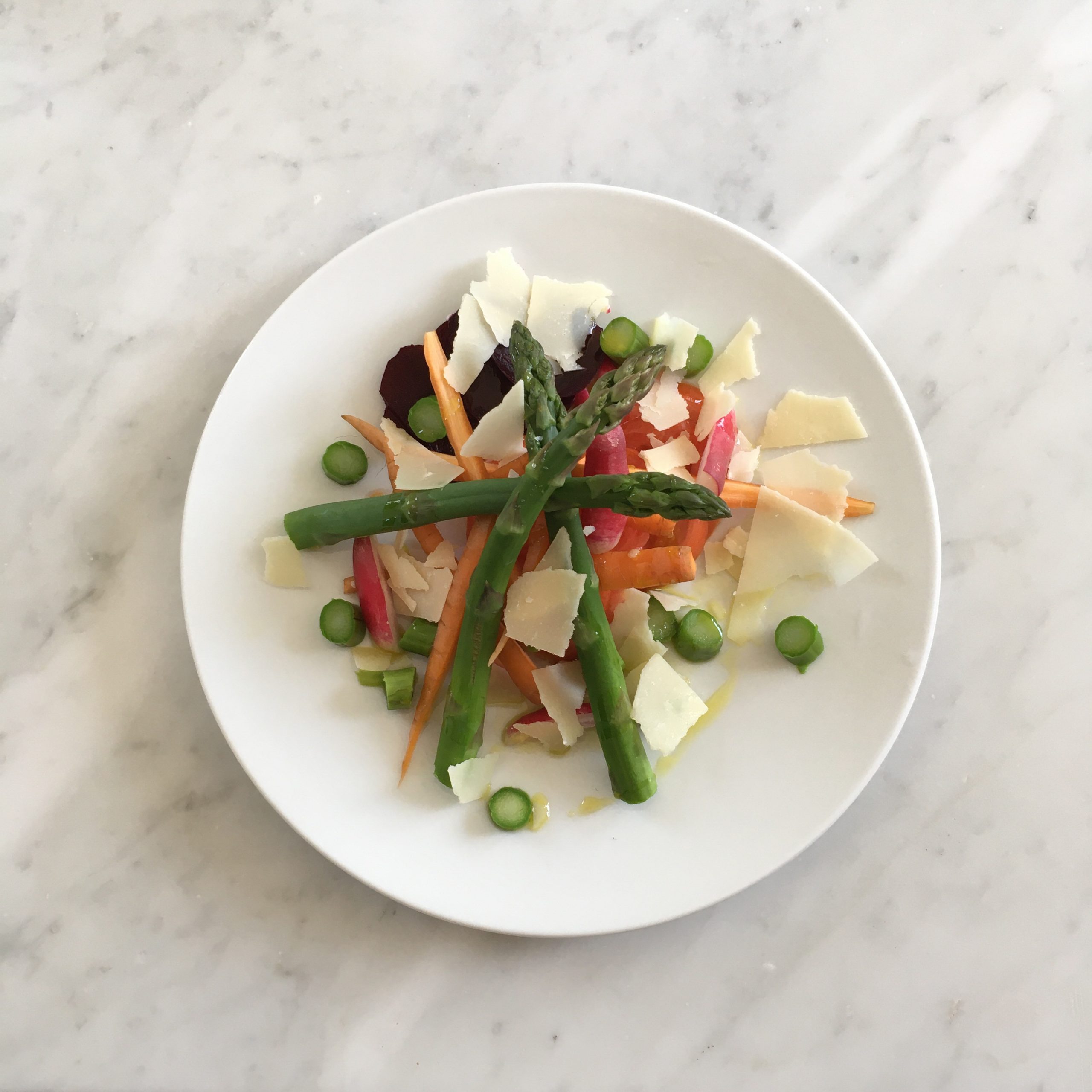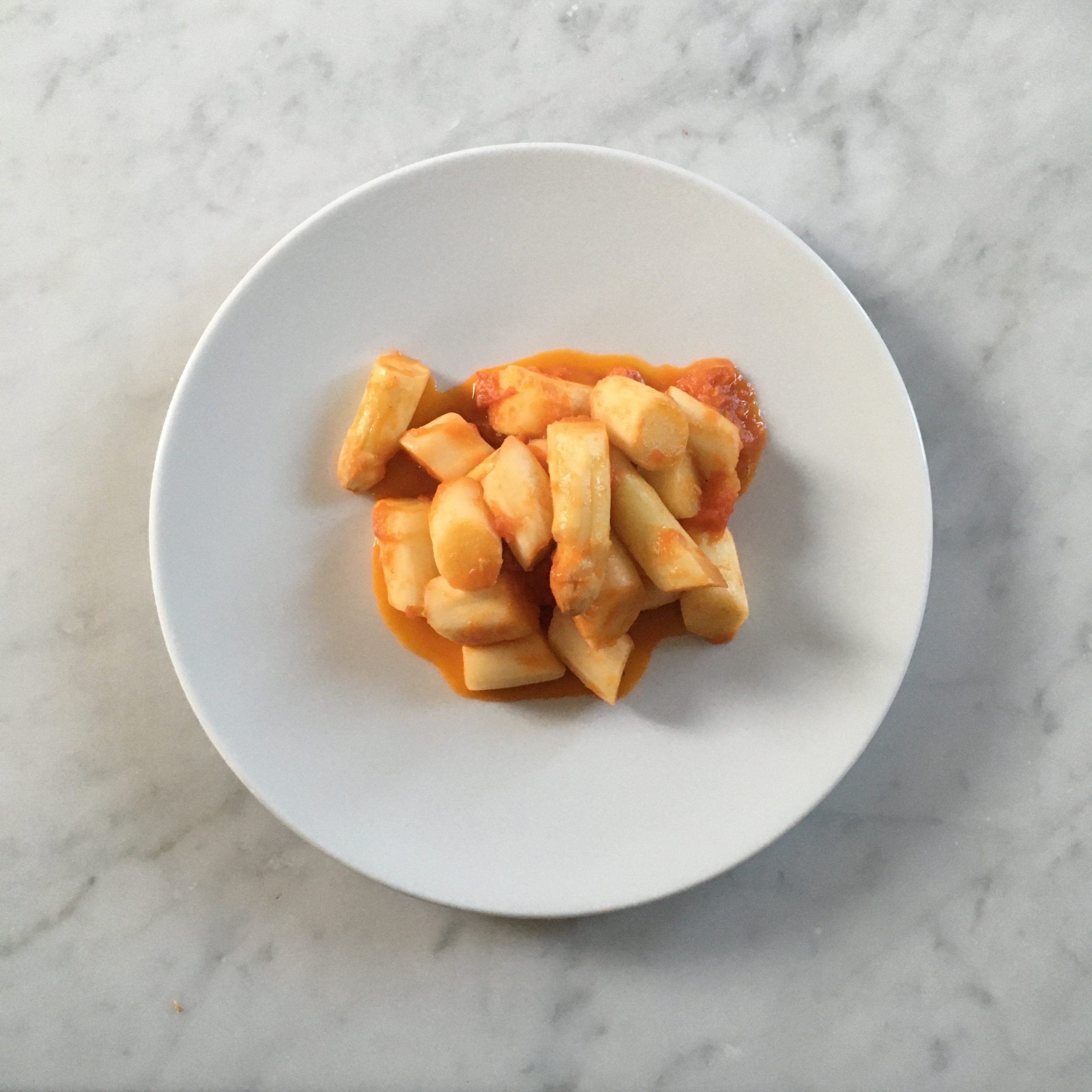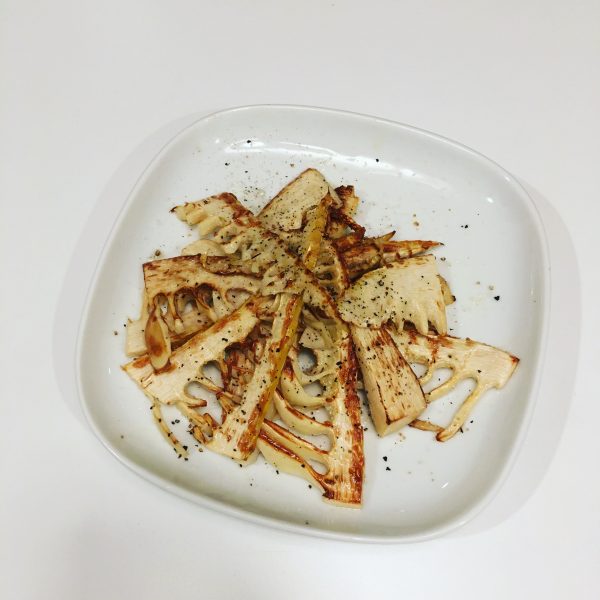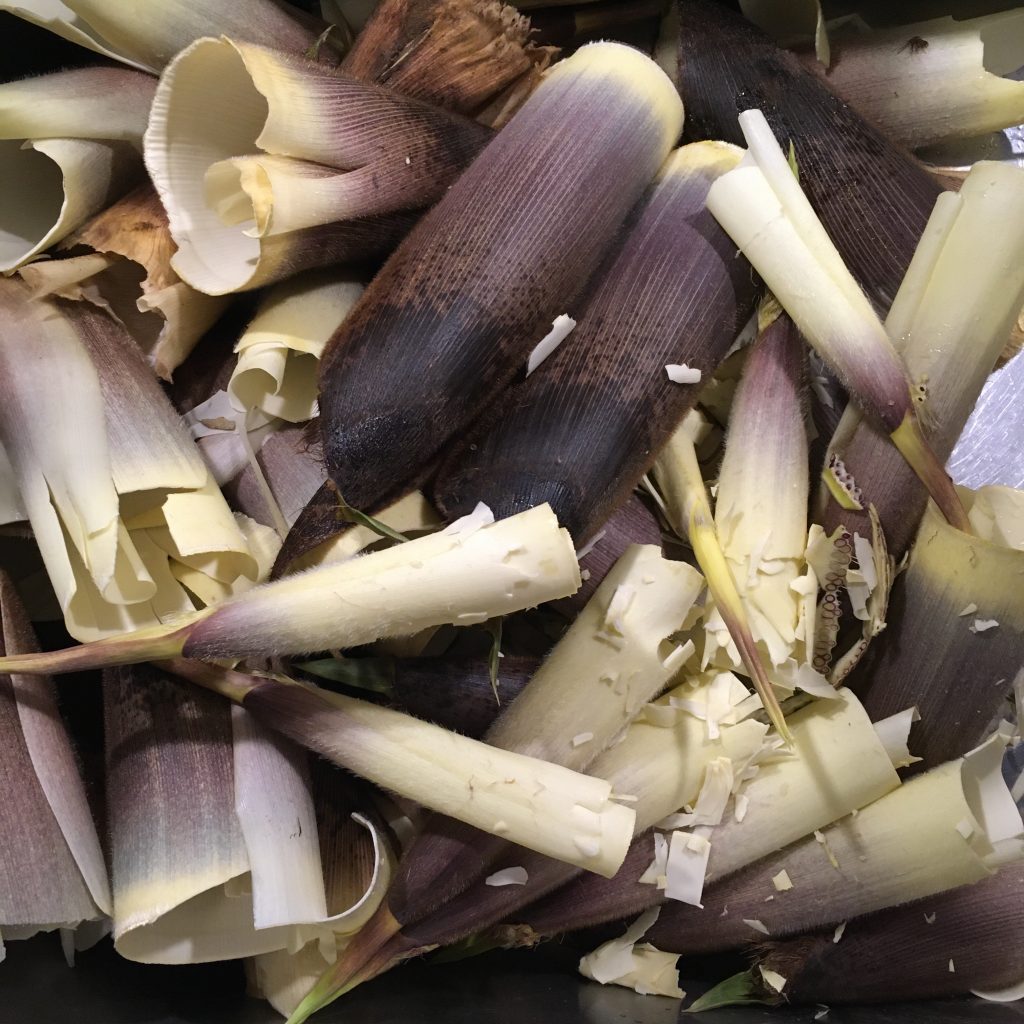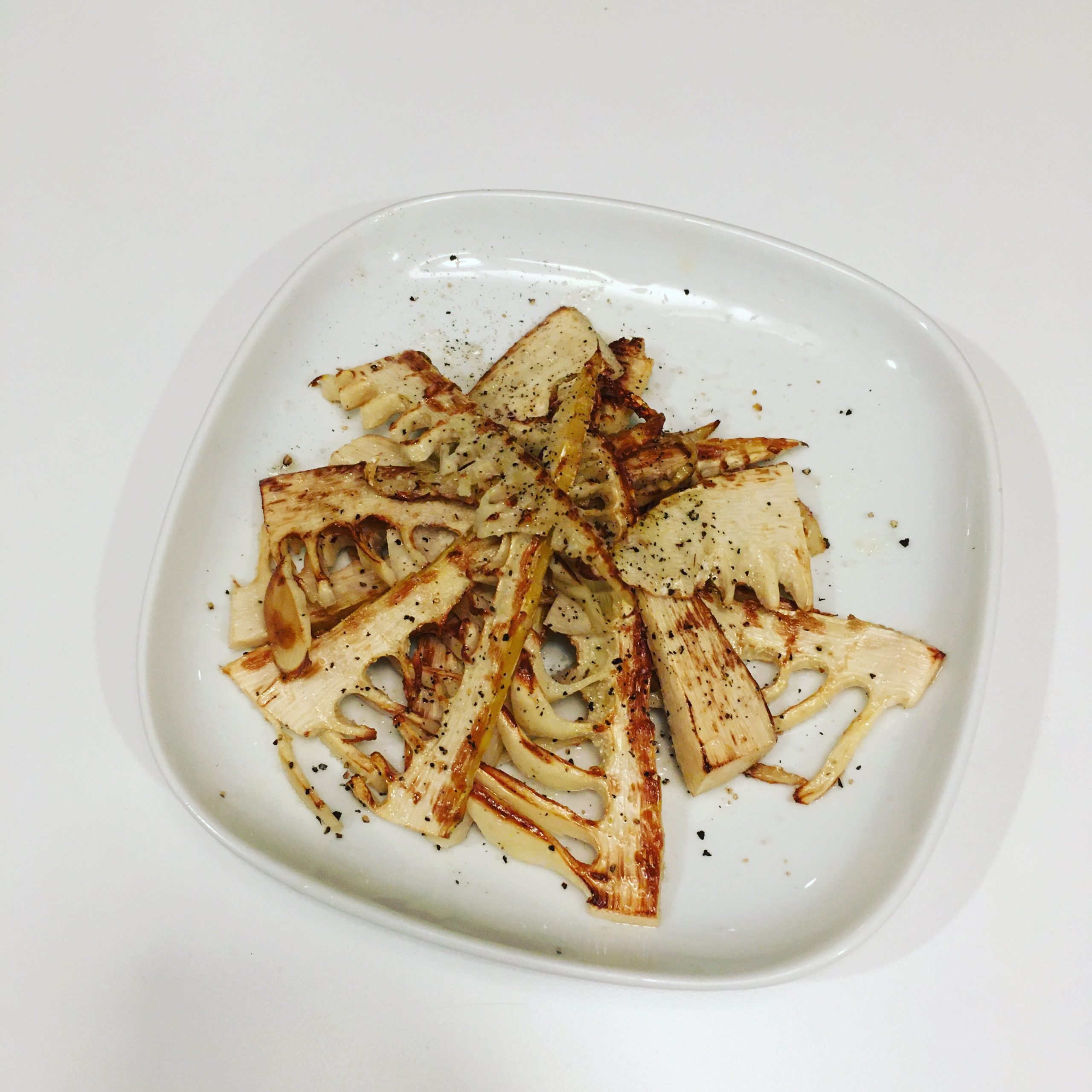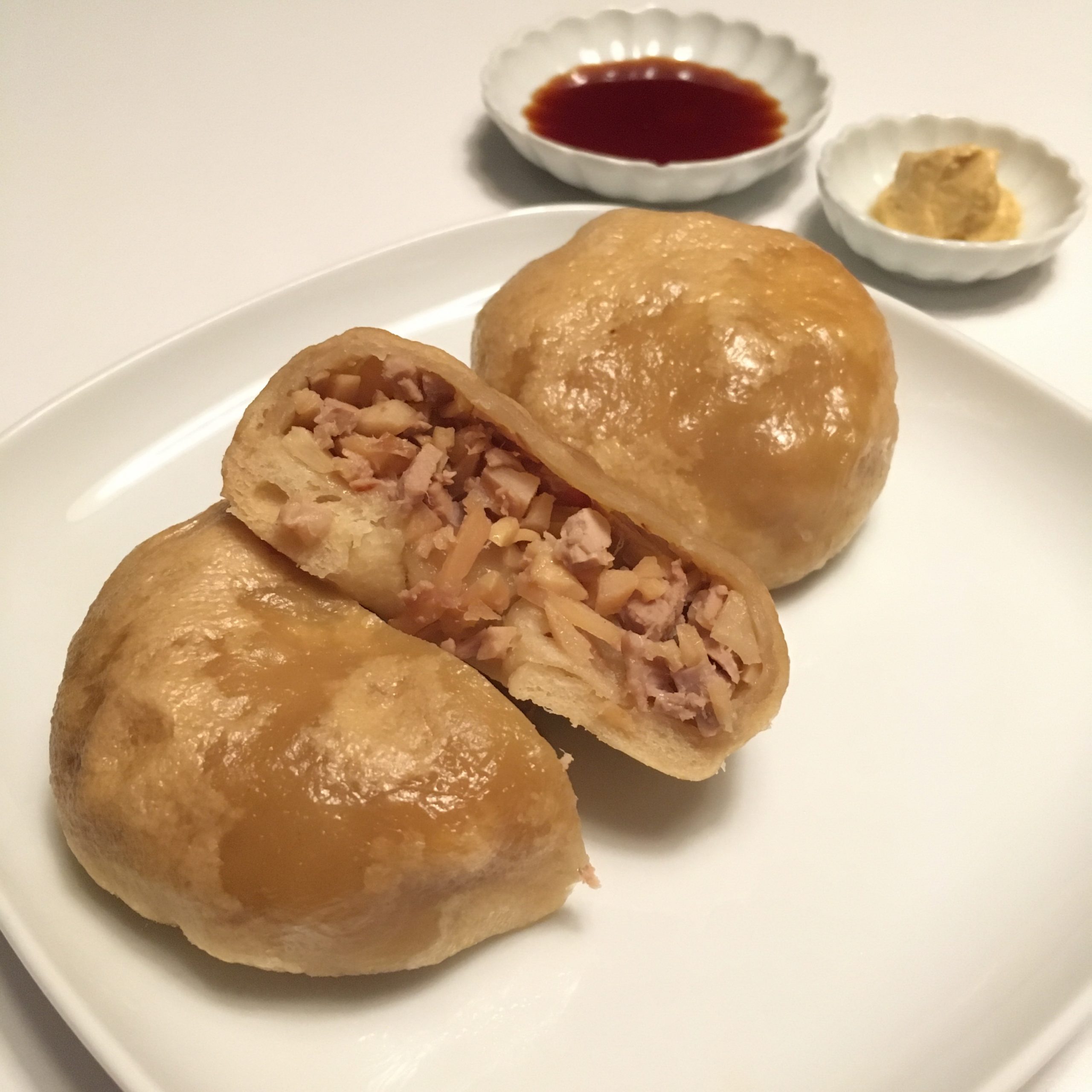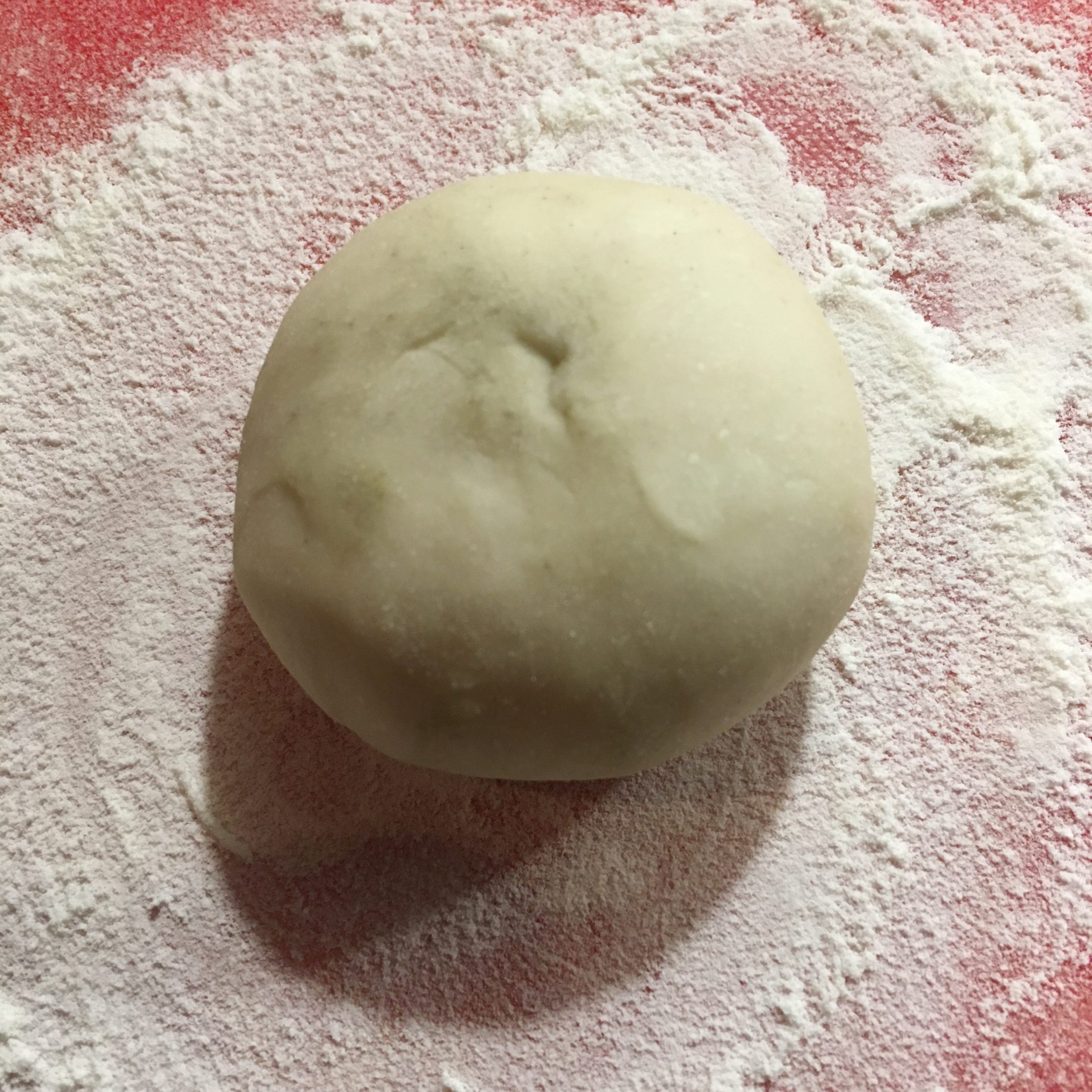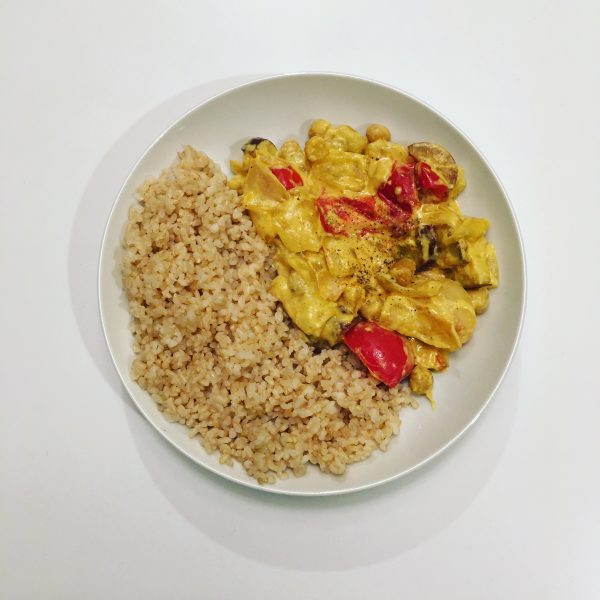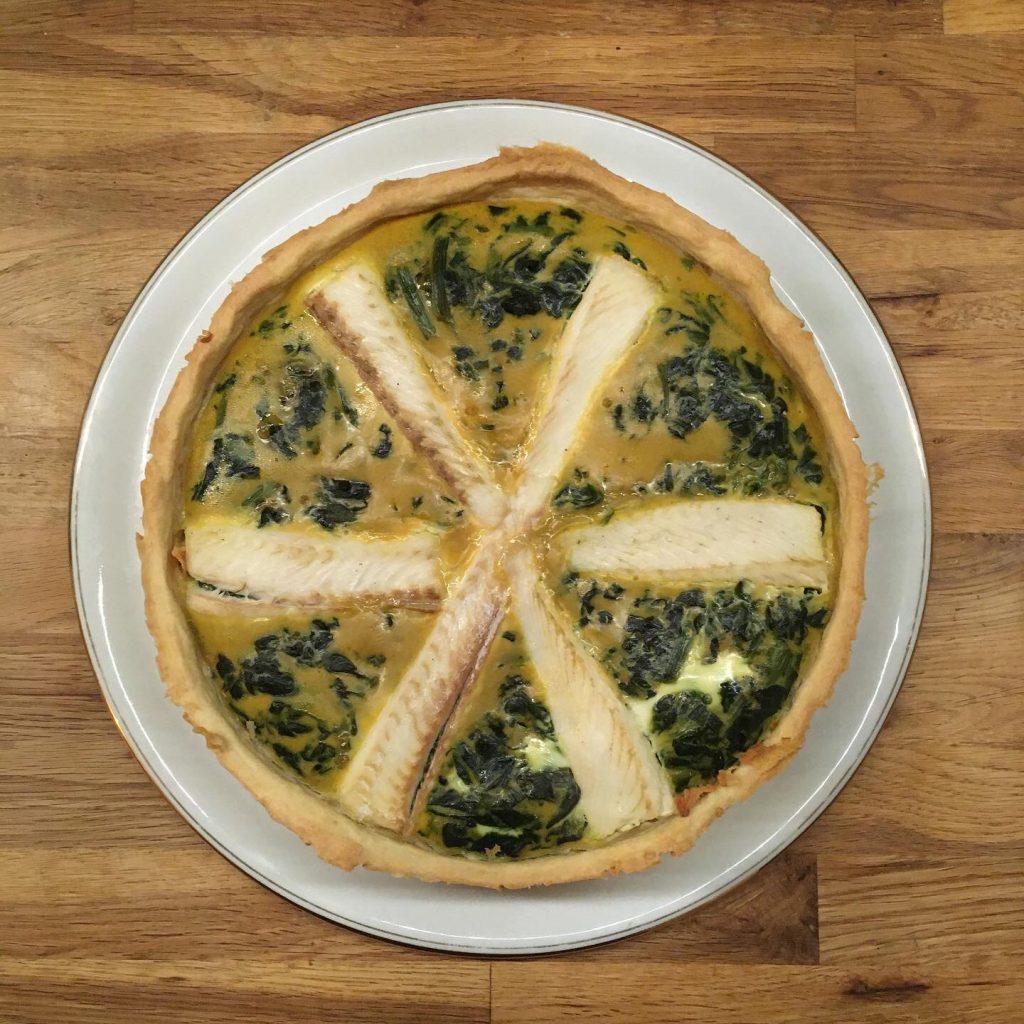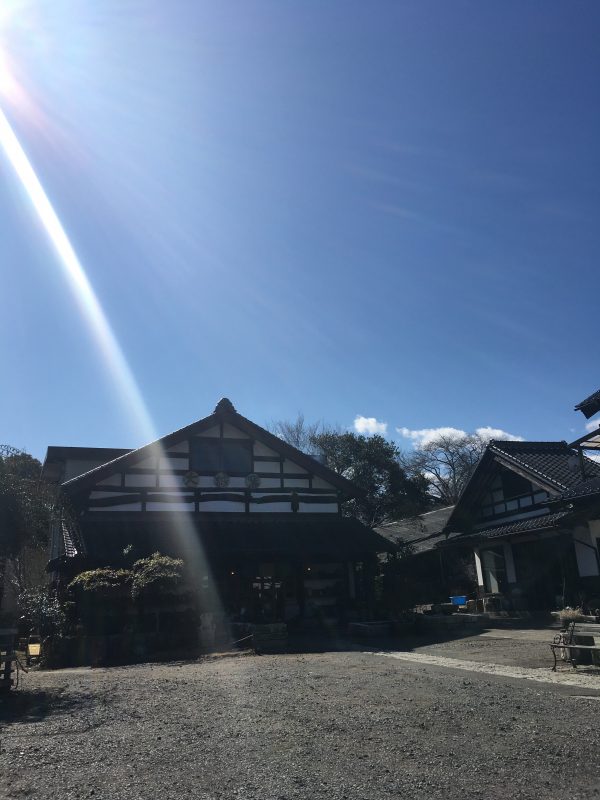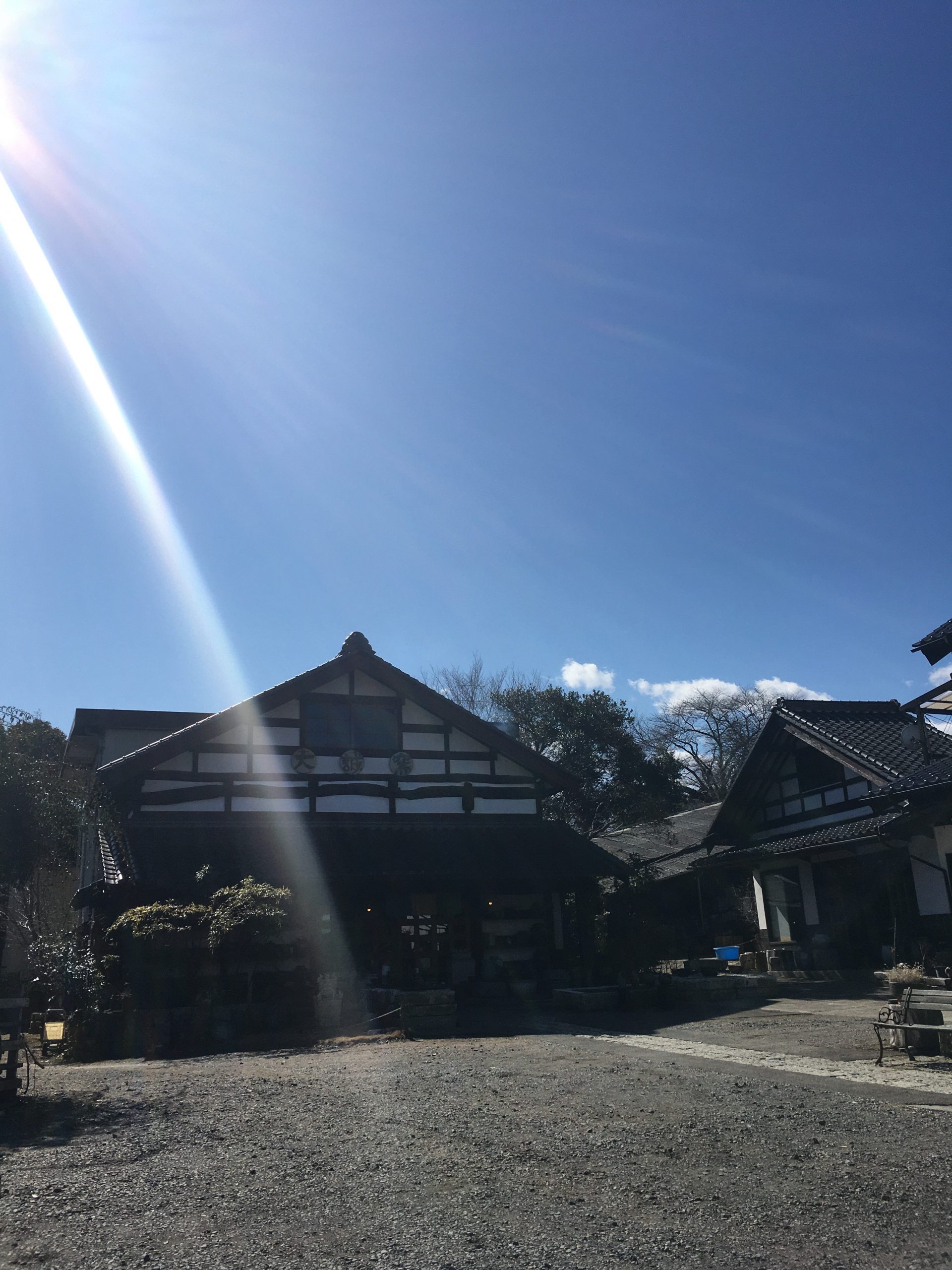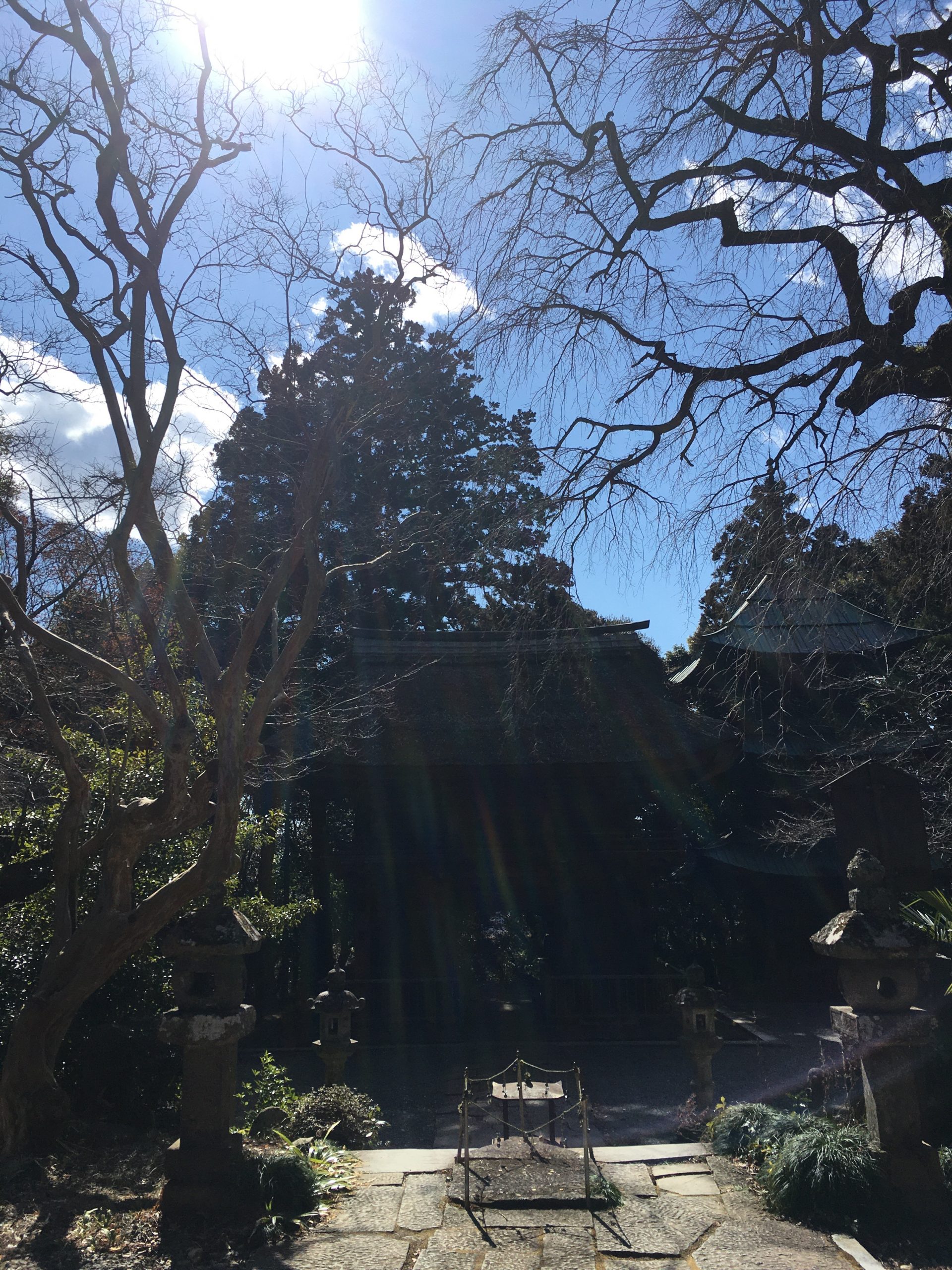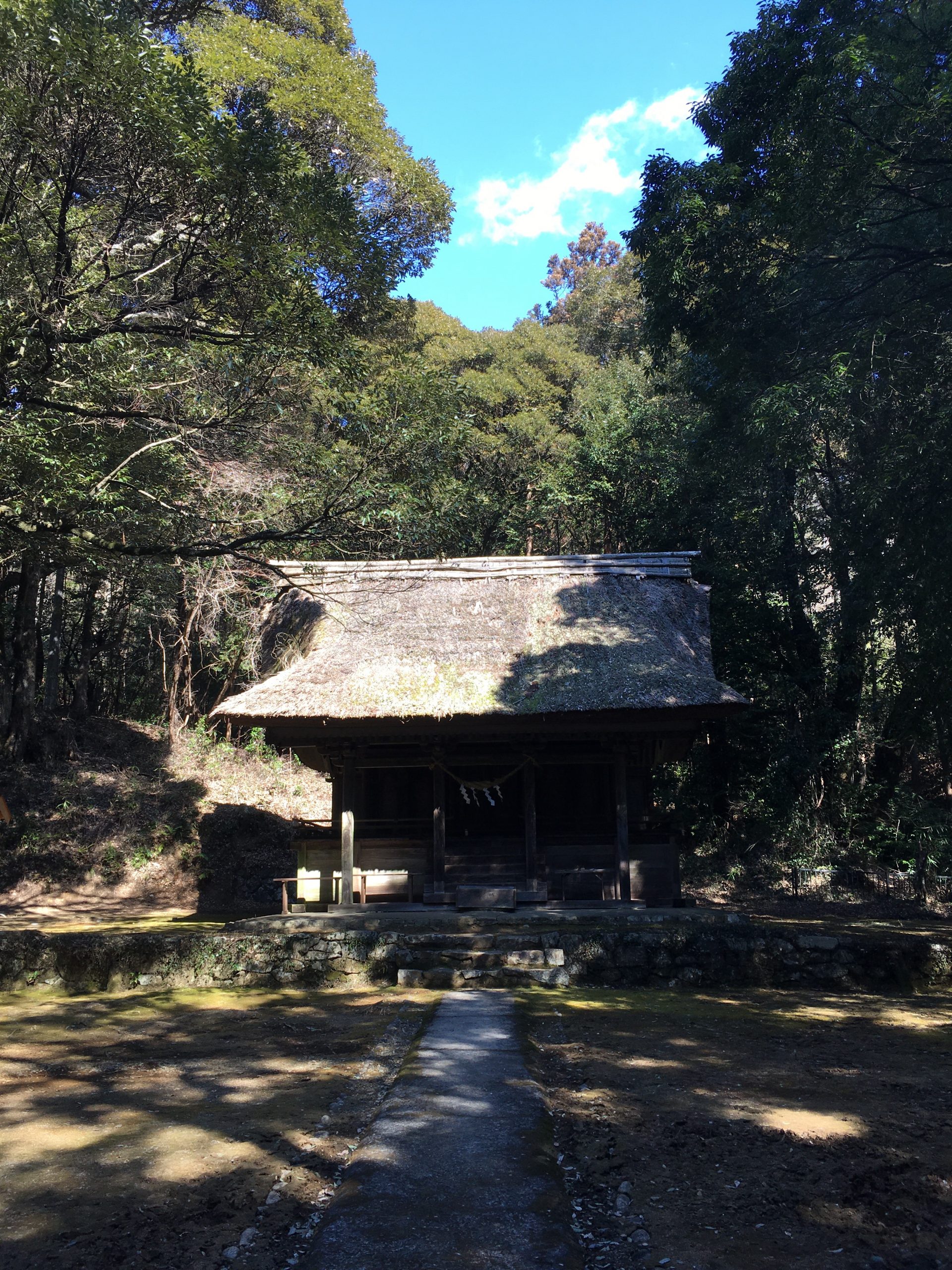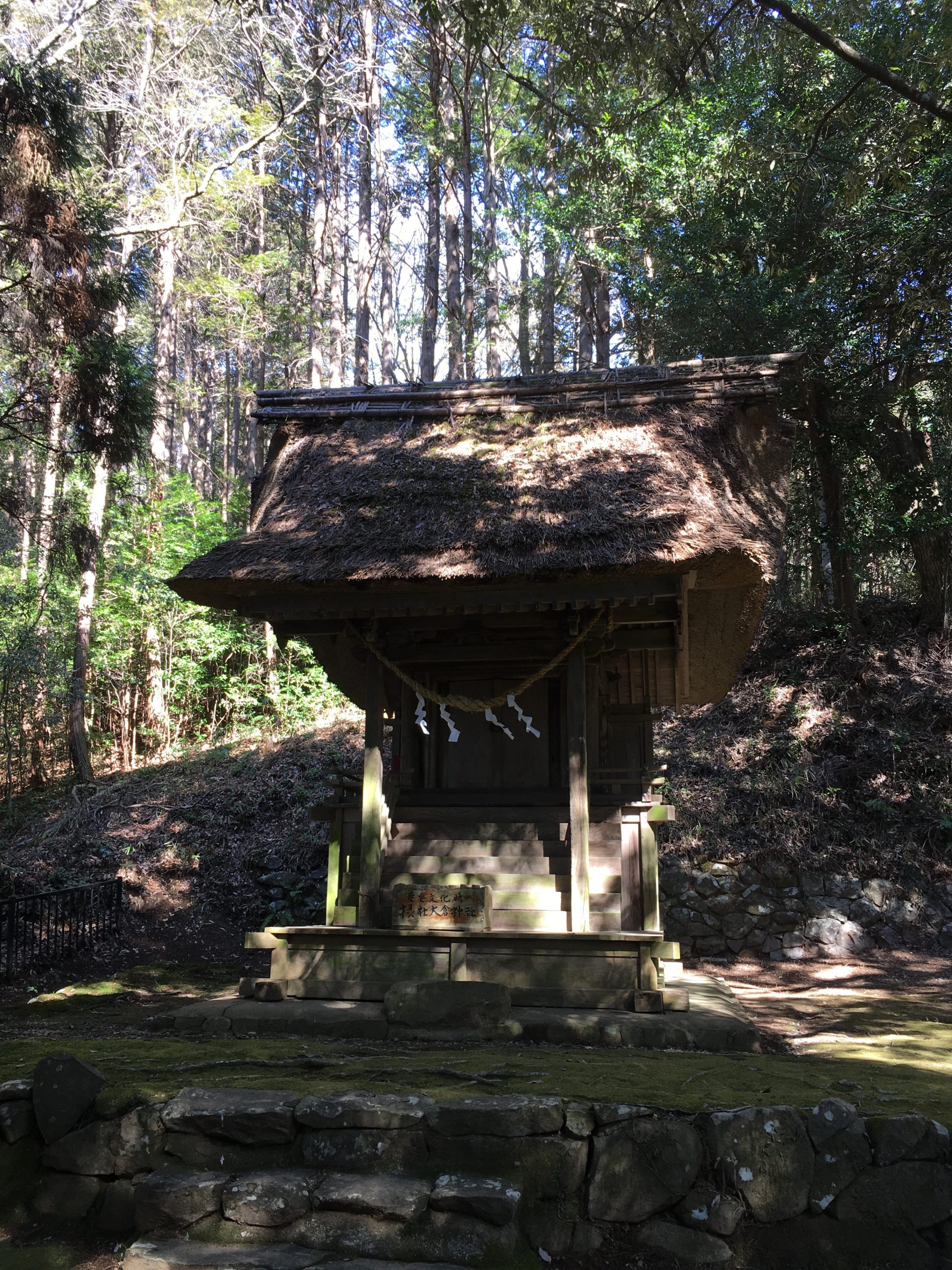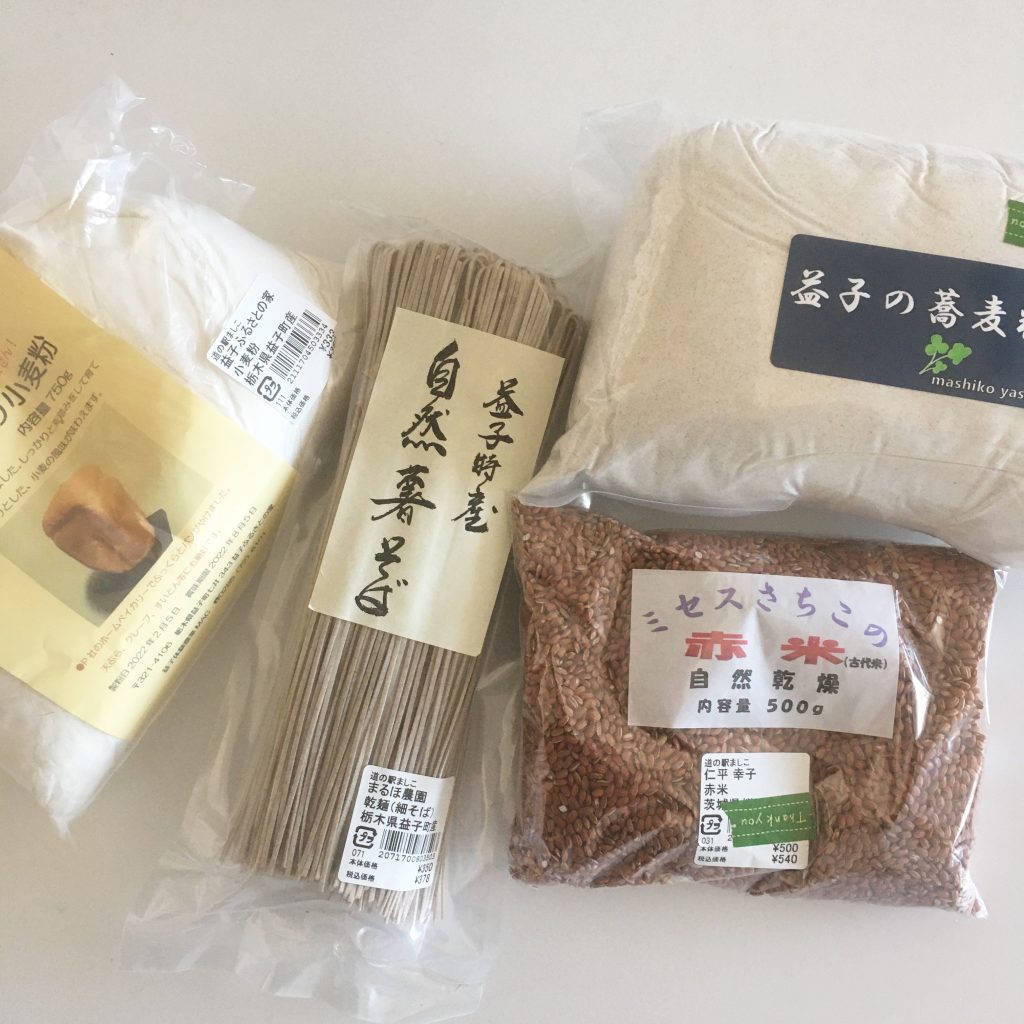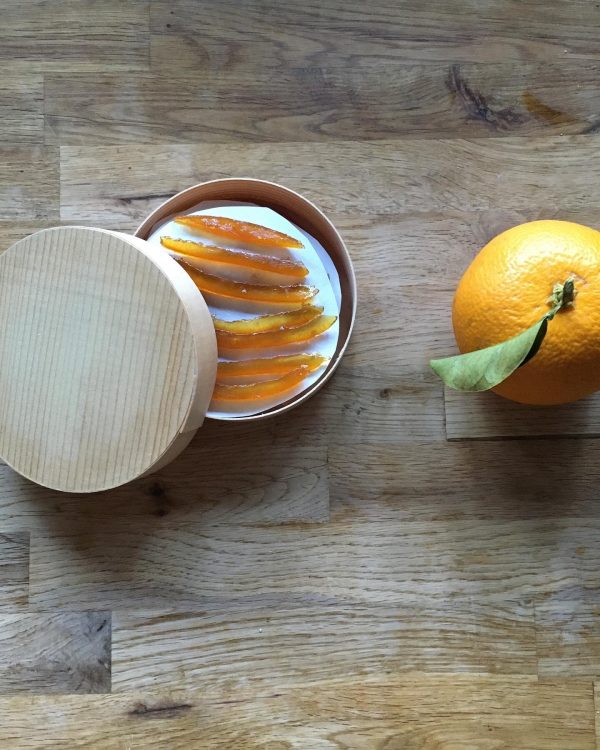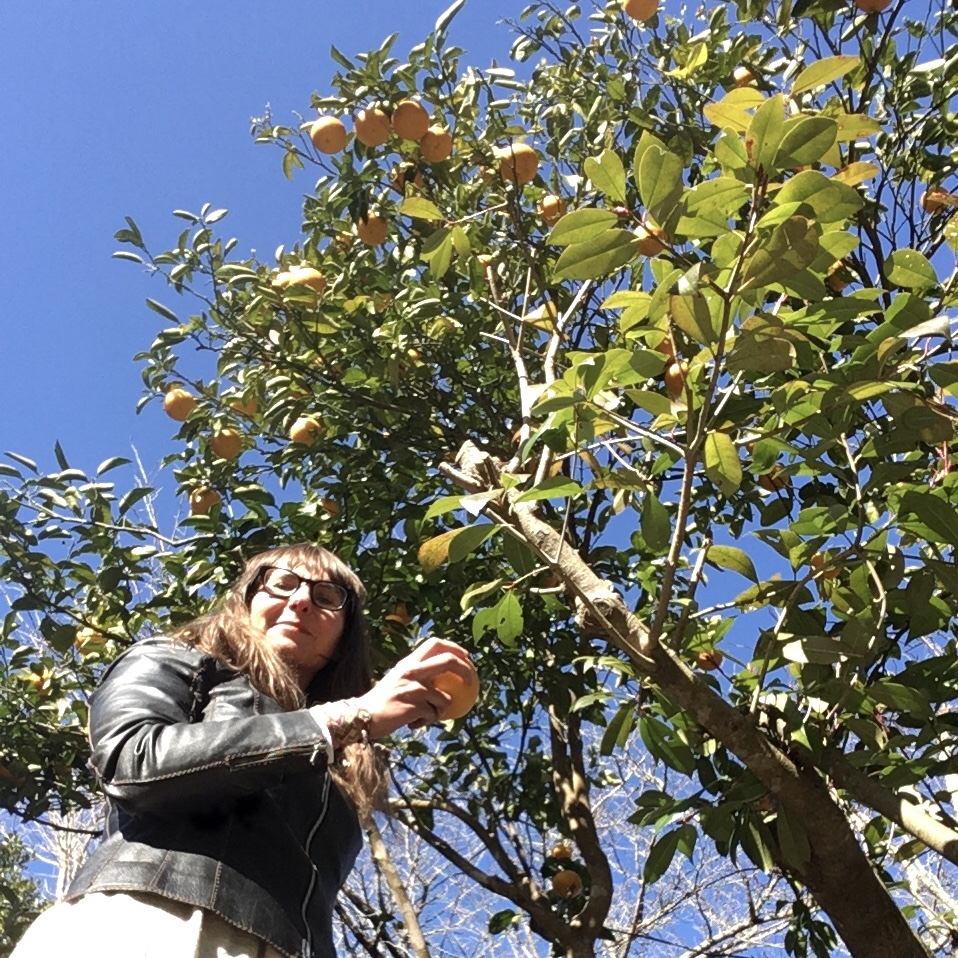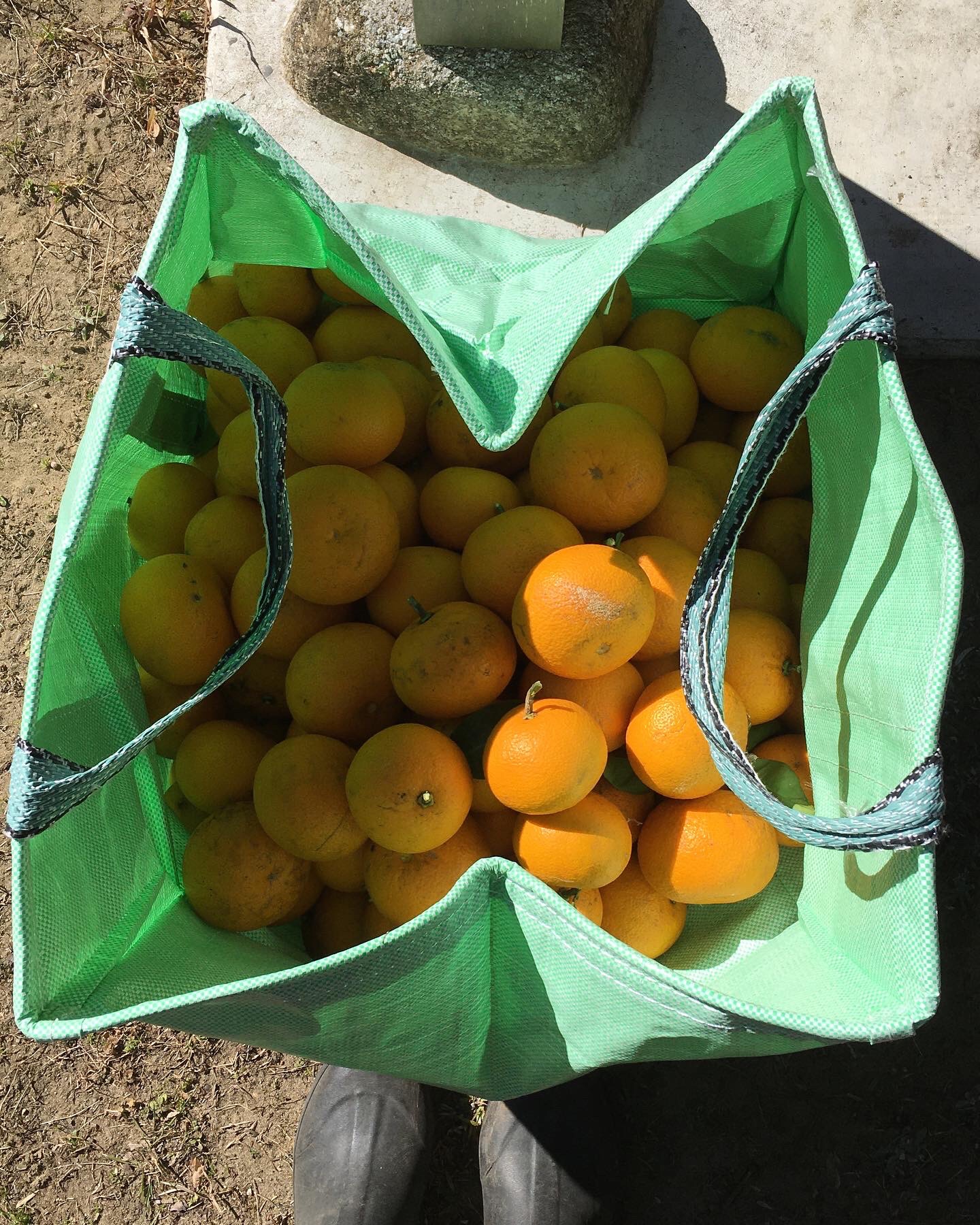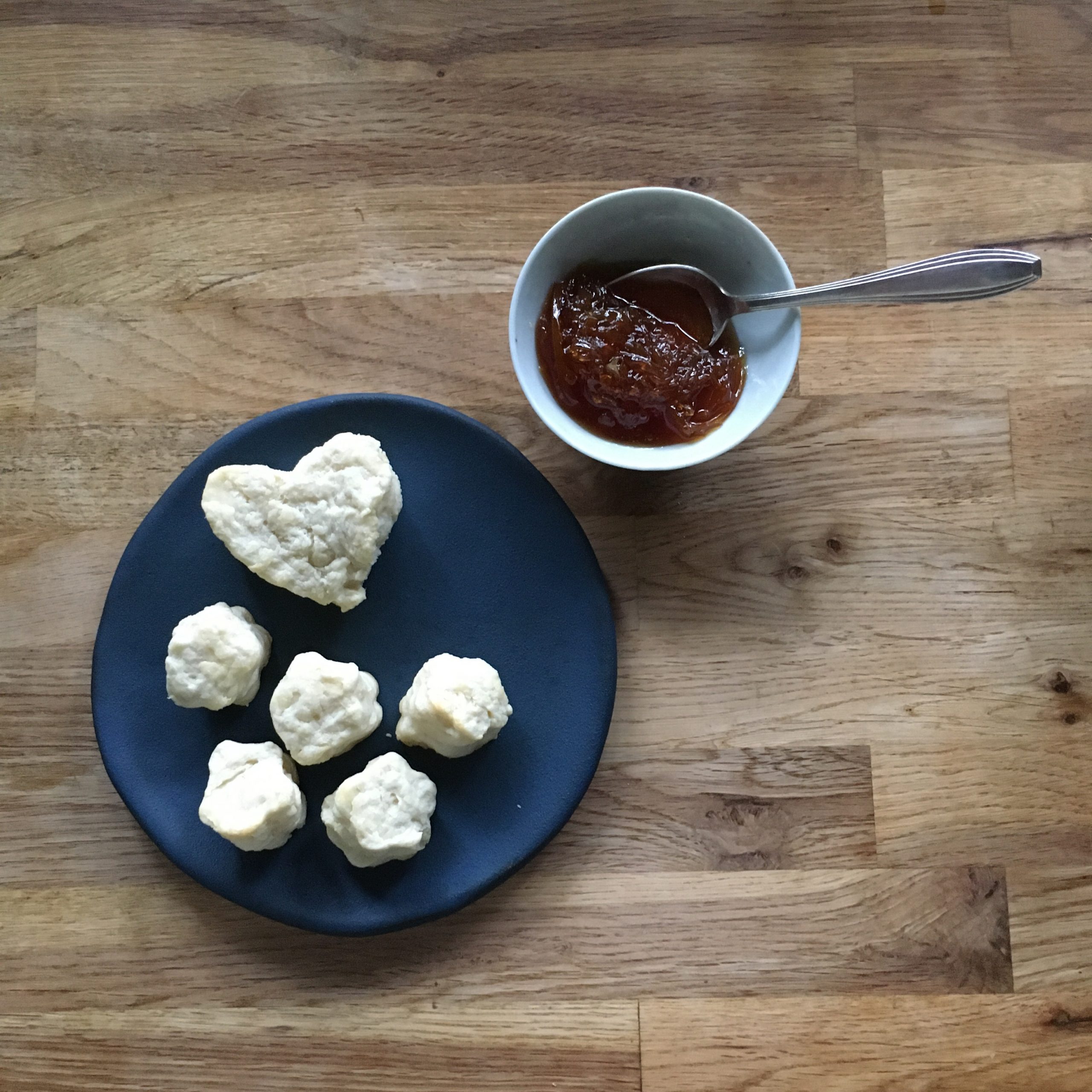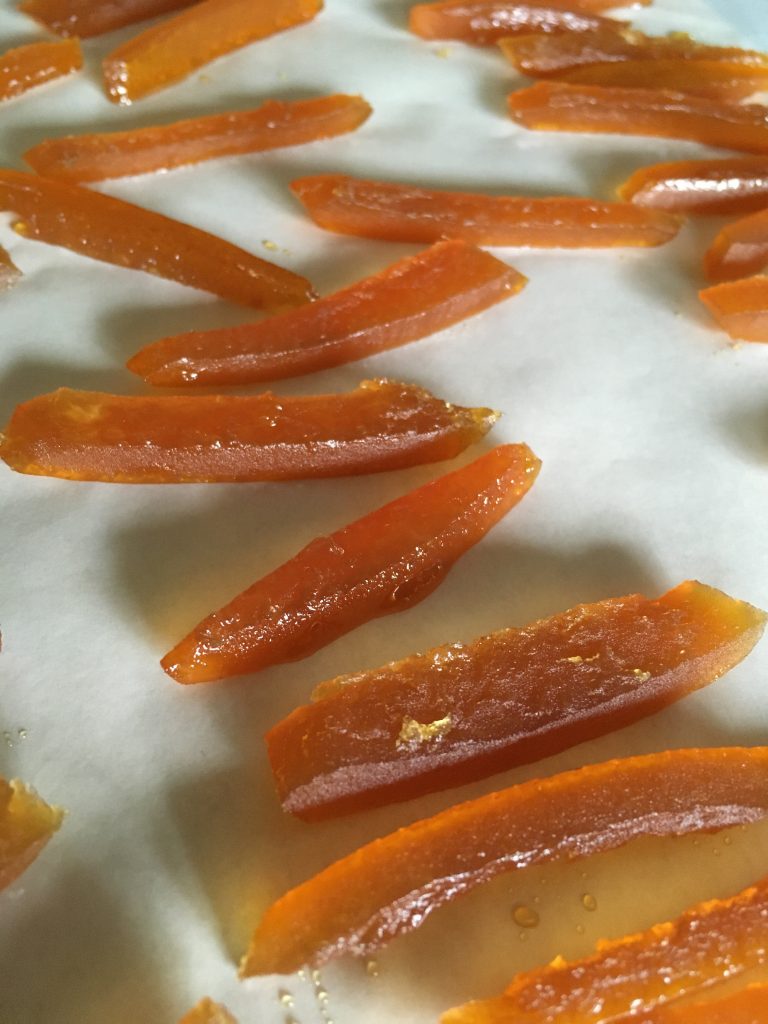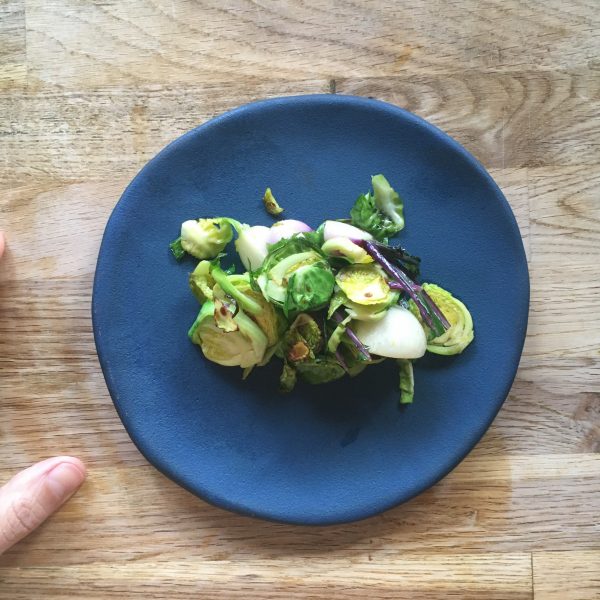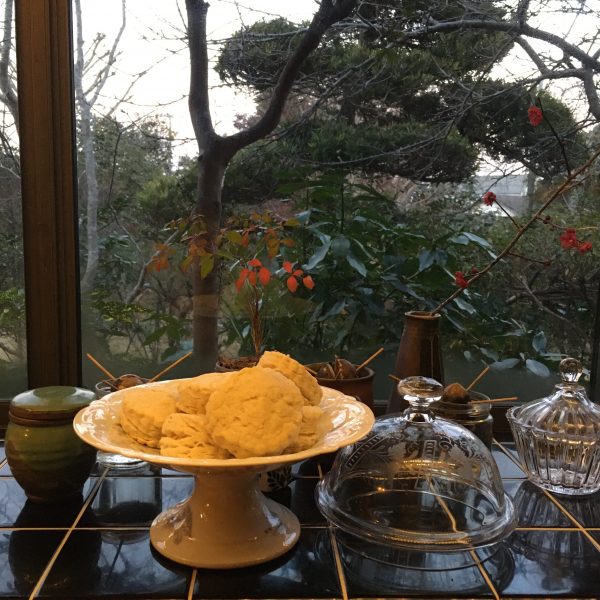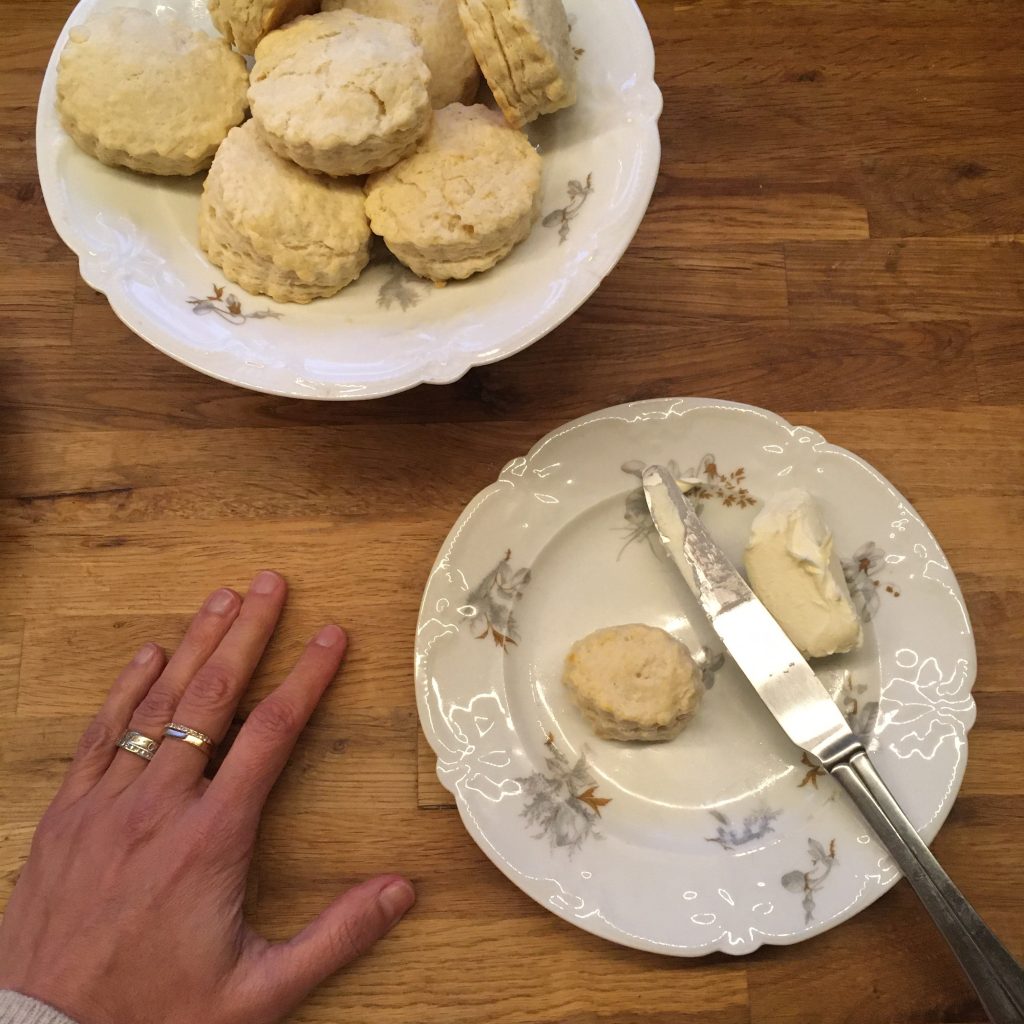OK… after a little time struggling with WordPress I’m back!!!
When I was living with my parents, a long long time ago, my mother always had some kind of homemade preparations such as yogurts, that I was very reluctant to try, and I am still for some reasons not to much tempted by. But when we were at my parents’ place last month, I had a chance to try my mother water kefir. At first I was just wondering what this drink may taste like, and when she told me she only put water, lemon and dry figs in it, and has been drinking every morning for the past few years… I was thinking that I may not die from trying and nothing in it could justify I don’t try. And to be honest I really loved it, and even A. did. So instead of packing tones of tasty cheeses from France I packed a bin of water kefir grains that I smuggled in Japan. (Honestly I don’t know if this is a prohibited product or not… information about water kefir grains are just as scarce as mystic…)
And since we came back, I have been making some every two day or so and we’ve been drinking some every day. I follow strictly my mother recipe but the process of making water kefir is still new to me, and I have been having a lot of questions about it that have been mainly unanswered. This is incredible really to see that such an ancient practice is so little documented, and even the scientific research papers on it are just too little.
The first question that popped to my mind when I was making my first batch was what happens if by mistake I release a kefir grain in the drain and it goes to the river that goes to the ocean… would there be at some point (and kefir grows really quickly) a giant kefir blob on the beach? Am I going to create inadvertently an ecological catastrophe like many have been created. Don’t you know about the terrible taxifolia algae in the Mediterranean sea, escaped from the Monaco aquarium? Or some kind of strange animal like ninja turtles… apparently my mother asked herself the same thing… we couldn’t find any answer… but assuming that water kefir exists for a very long time, if that were to happen, wouldn’t it had happened already?
The second question was, what happens if I drink the liquid and the fermentation is not over. Would that be poisonous? And if by mistake I ingest a grain? Same here, I couldn’t find a clear answer.
But one thing that I learned trying to find information about water kefir according to one paper, is that making water kefir drink industrially seems very difficult. So water kefir can only be made on small batches! Isn’t that amazing?
And the other thing is that the kefir grain composition varies from one place to another. Not totally surprising but interesting… which means probably, like with sourdough, that each one produces a drink with a signature taste!
Mine is very mild and I like it’s refreshing taste and very slightly sparkling. I do not store it in an hermetic bottle to make it more sparkling, nor add any other flavoring such as fruits during the second phase. We just drink it like it is, after the first phase I just filter it. And I prepare it solely with dry fig and lemon, and a bit of sugar, but not too much either, may be that’s why the sparkling is very subtle.
I’m still learning and searching for solid info on kefir, so if you have good resources…
